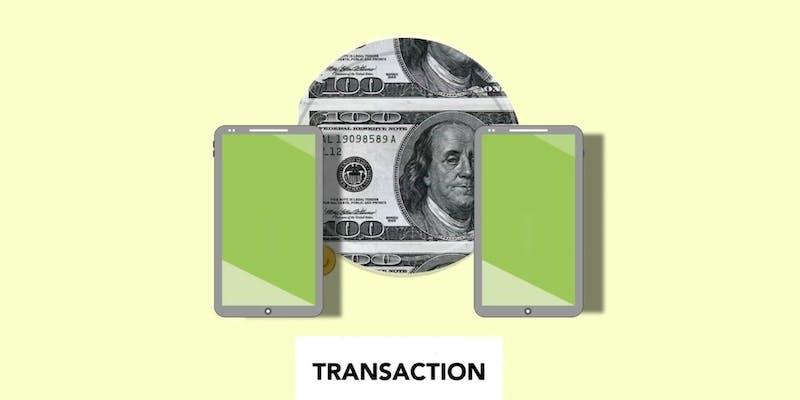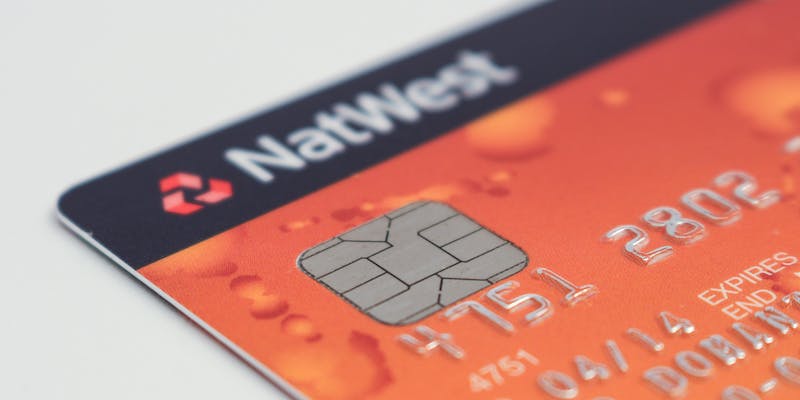Understanding The Automated Clearing House (ACH) in The Modern Banking
Dec 14, 2023 By Susan Kelly
The way we handle money has drastically changed. Gone are the days of waiting for checks in the mail; instead, we've embraced the convenience of online transactions. This shift to digital finance largely hinges on a critical player in the electronic payments world: the Automated Clearing House, or ACH. Let's see what ACH is and its significant role.
Automated Clearing House (ACH)
ACH, in banking, refers to a network essential for handling electronic money transfers and automated payments. This network is a bustling digital highway connecting over 10,000 financial institutions. It's behind many everyday transactions - from direct deposits and paychecks to tax refunds and bill payments. These transactions can happen between individuals, businesses, and even government entities. To give you an idea of its scale, the National Automated Clearing House Association reported 29 billion transactions in 2021, moving over $72 million.
At its heart, ACH is a complex system of computers working as a financial nexus, enabling the distribution and receipt of funds. This system processes digital payments in batches several times a day. While payments are usually settled the next day, the network allows extra time to handle issues like errors or reversals. Innovations like Same Day ACH are emerging, but standard transactions typically take two to five business days.
The ACH network is run by two operators: the public FedACH and the privately operated Electronic Payments Network. When transactions involve different operators, they coordinate to ensure smooth processing. Both operators calculate net settlement totals and transmit them to the Federal Reserve Bank, which controls ACH and settlements. This is not the same as NACHA, a non-profit that administers the ACH.
Two Directions of ACH Payments

In the ACH network, payments flow in two primary directions: initiated by the payer or recipient. Regardless of who starts the transaction, both parties must give their approval for the process to proceed. Many of these payments, like bill payments or direct deposits, are set up to occur automatically simultaneously each month.
The process begins with the 'originator'—the party initiating the transaction. They send their transaction request to their bank or financial institution, the Originating Depository Financial Institution (ODFI). The ODFI plays a crucial role, as it's responsible for forwarding this transaction to an ACH operator. This operator then routes the transaction to the Receiving Depository Financial Institution (RDFI), tasked with depositing the funds into the recipient's account. This completes the transaction, with both accounts being reconciled.
Common Forms of ACH Payments
ACH Debit: In this scenario, funds are drawn directly from an account. A classic example is when you set up an automatic payment from your bank to cover monthly bills like a mortgage. It's convenient and secure and ensures timely payments.
- ACH Credit: This is the opposite of an ACH Debit, where funds are transferred into an account. Imagine using a payment app like Venmo or PayPal to move money from the app balance into your bank account. It’s a simple and widely used method for transferring funds.
- ACH Direct Deposit: This ACH payment form is quite popular in the workplace. It's when you receive funds directly into your account, such as your monthly or bi-weekly paycheck. It's a secure, quick, and efficient way to get paid without physical checks.
Understanding these aspects of ACH payments can demystify how digital financial transactions work in our everyday lives.
Advantages and Disadvantages of ACH

This system has revolutionized how we handle financial transactions, but like any system, it has its own advantages and drawbacks.
Advantages of ACH
- Speed and Convenience: The ACH Network processes transactions in batches throughout the day, making online transactions fast and straightforward. According to NACHA rules, the average ACH debit transaction is settled within one business day, and credit transactions take one to two business days.
- Efficiency for Government and Business Transactions: The adoption of ACH for electronic money transfers has significantly enhanced the efficiency and timeliness of transactions for government entities and businesses.
- Ease of Person-to-Person Transfers: With ACH, it's become more straightforward and cost-effective for individuals to transfer money directly from their bank accounts, whether through direct deposit transfers or e-checks.
- Same-Day Settlements: Since 2016, NACHA has implemented same-day ACH settlements in phases. By March 2018, RDFIs were required to make funds from same-day ACH transactions available by 5 p.m. local time on the settlement date.
- International Transactions: Initially limited to U.S. accounts, the ACH network expanded in 2021 to include International ACH Transactions (IAT), allowing for international transfers.
Disadvantages of ACH
- Transfer Limits: Some financial institutions limit the amount you can transfer via ACH. For more significant transactions, this might mean executing multiple transfers, which can be inconvenient.
- Potential Fees: Although ACH transactions are generally cost-effective, some banks may charge per-transaction fees. For those who frequently make ACH transactions, these fees can accumulate, impacting your finances.
Special Considerations of ACH
Let's look at some unique aspects of the Automated Clearing House (ACH) payment system, its history, and what it means for modern financial transactions.
The ACH network, operated by Nacha (formerly the National Automated Clearing House Association), is a self-regulating body with a significant history. Its roots trace back to 1968, though it was formally established in 1974. This network plays a pivotal role in managing, developing, and administering rules for electronic payments. Nacha's operating rules aim to support and expand the volume and range of electronic transactions the network processes.
The Bottom Line
Thanks to electronic technology, transferring money has evolved from a cumbersome task to a streamlined process. The ACH system has been a game-changer in this evolution, enabling seamless transfers between banks and eliminating the need for withdrawing and depositing money across accounts.
The network has been continually updated, allowing for same-day transactions for businesses and individuals. However, it's important to remember that particular limitations and potential fees might apply. The amount you can transfer might be capped, and some transactions could incur fees. It's always a good idea to check with your bank to understand how it handles ACH transactions and any associated costs or limits. This knowledge can help you use the ACH system more effectively and avoid surprises in your financial transactions.

What Are The Different Ways To Make Payment With Nordstrom Credit Card

Choose the Best From Kubera vs Personal Capital 2024

The Safety Showdown: Biometrics vs. Passwords

Gold vs Silver: Which One Deserves Your Investment

Fintor vs Landa: A Guide For Beginners 2024

What is meant by Filing Extension?

Safely Closing a Checking/Savings Bank Account: A Comprehensive Guide

What is Adverse Selection in Car Insurance and How Does It Work?

Understanding The Automated Clearing House (ACH) in The Modern Banking

